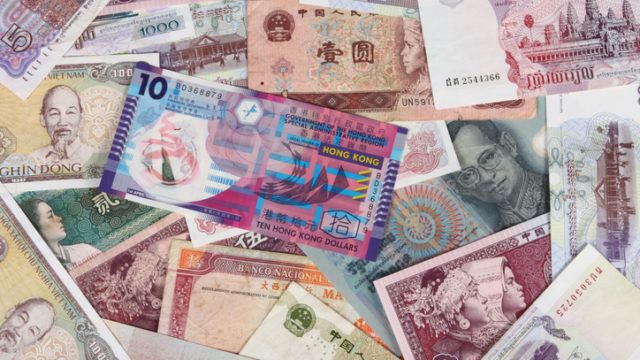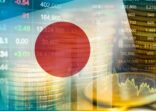Small-cap funds stand out as the best performers in the Asia Pacific ex-Japan equities sector over the short and long run, according to data compiled by FSA.
Investing in Asia Pacific ex-Japan in recent years has been a difficult task given its large weighting to Chinese equities.
Not only has it been dragged down by underperformance of the Chinese equity market, but the index has also missed out on Japan’s recent rally.
Against this backdrop, it seems that small-cap focused strategies stand out as the most common type of strategy that delivered strong returns both in the short run and long run, according to data from FE fundinfo.
Below are the Asia Pacific ex-Japan equity funds in the Hong Kong market that have delivered top-quartile returns both year-to-date and over five years.
| Fund | YTD returns (%) | 5yr returns (%) |
| Nikko AM Asian Small Mid Equity USD | 13.48 | 88.34 |
| Matthews Asia Small Companies A USD | 5.36 | 69.72 |
| Fidelity Asia Pacific Opportunities Fund A Acc EUR | 0.83 | 41.84 |
| Fidelity Asian Smaller Companies E Acc EUR | 7.29 | 37.78 |
| JPMorgan SAR Asian A | 7.04 | 33.58 |
| Manulife Asian Small Cap Equity AA | 8.42 | 19.94 |
| Schroder ISF Asian Smaller Companies A Acc | 4.61 | 19.09 |
| Templeton Asian Smaller Companies A Acc USD | 3.41 | 16.22 |
Six out of eight funds above were small-cap strategies. The two exceptions were JP Morgan SAR Asian and Fidelity Asia Pacific Opportunities.
The JP Morgan fund led by Mark Davids, Oliver Cox and Alice Wong has benefitted from its lack of exposure to China. It has no holdings in the region, versus the MSCI Asia Pacific ex-Japan index with 28.6% exposure. It instead has a large overweight to the India region.
On the other hand, the Fidelity fund run by Anthony Srom, has a slight overweight to China with 29.2% invested.
This manager runs a very concentrated portfolio of just 26 stocks, taking large positions in stocks that are not found in the index, such as Canadian gold miner Franco-Nevada and Dutch semiconductor equipment firm ASML.
More broadly, it seems that small-cap strategies have benefited from the recent outperformance of small caps in Asia versus the large caps. The MSCI AC Asia ex-Japan Small Caps index has returned 14% year-to-date versus the MSCI AC Asia ex-Japan, which is roughly flat at 0.38%.
One reason for this divergence could be because the small-cap index has only a 6.7% weighting to China, versus 28.6% in the larger cap index.
However, this has not been the reason for the Matthews Asia Small Companies fund’s outperformance, one of the strategies with the best longer-term returns.
It has over a third of the fund invested in Chinese and Hong Kong stocks, which is more than both the small cap index and the large cap index.
The managers Vivek Tanneeru and Jeremy Sutch also run a relatively concentrated portfolio versus their benchmark with just 66 positions, roughly half of which are invested in mid-cap stocks.
The Nikko AM Asian Small Mid Equity fund also stands out as the best performer both year-to-date and over the past five years. It has less than 10% invested in China, instead overweight in Taiwan, India and South Korea.

















